"Bird-other" IDs - Birds of Prey
-
 by
wilderzone
moderator
by
wilderzone
moderator
The most conspicuous of the hunting and scavenging birds that show up in the camera traps are vultures, but every once in a while a falcon flies past, or an owl is caught at night. Of those, there aren't a lot of photos that are clear enough to provide positive ID, but I've tried to find some that will at least provide some help narrow it down.
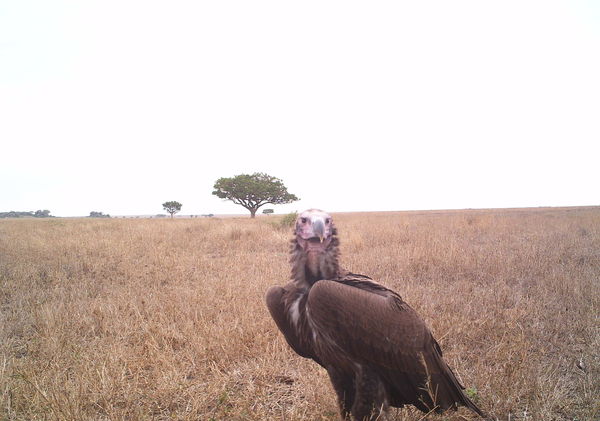
Lappet-faced Vultures, Torgos tracheliotus, are the largest of the East African vultures and are the most common type to show up in the Serengeti camera traps. They are distinctive for their naked pink heads and necks. All the better to dig around in the innards of dead animals.
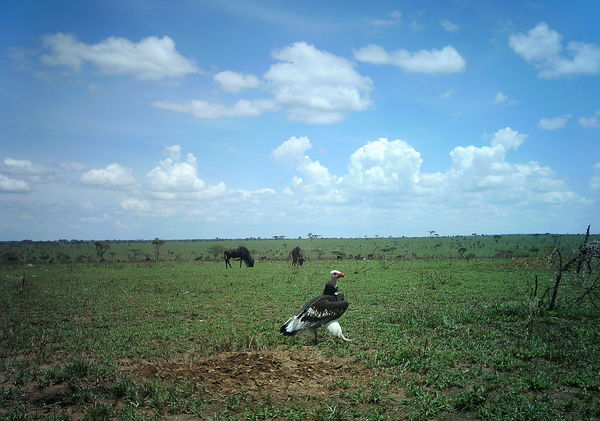
White-headed Vultures, Trigonoceps occipitalis, are solitary and much less common. This is the only photo I've managed to find of one, and it's a good one! This one is showing off his distinctive fluffy white leg feathers.
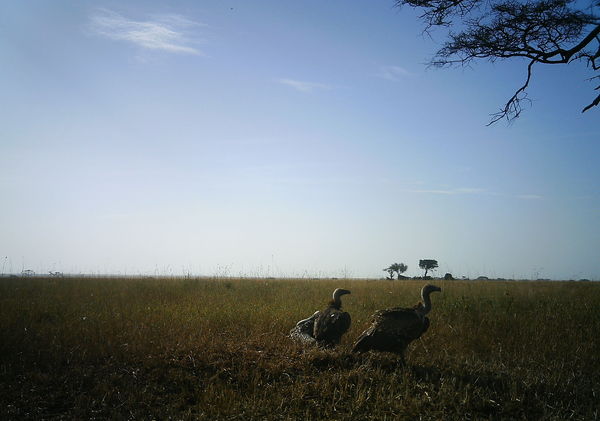
There are two species of large, mostly brown vultures with lighter-colored fuzzy down on their heads and necks: the African White-backed Vulture, Gyps africanus, and Rüppell's Griffon Vulture, Gyps rueppellii. They are both common, and distinguished from each other by coloring, which is hard to see in this photo (best one I could find). Adults of both species have a white ruff at the base of the neck, but I believe these two are young as they appear to have brown ruffs. The body feathers of adult Rüppell's have a more scaly appearance than the White-backed.
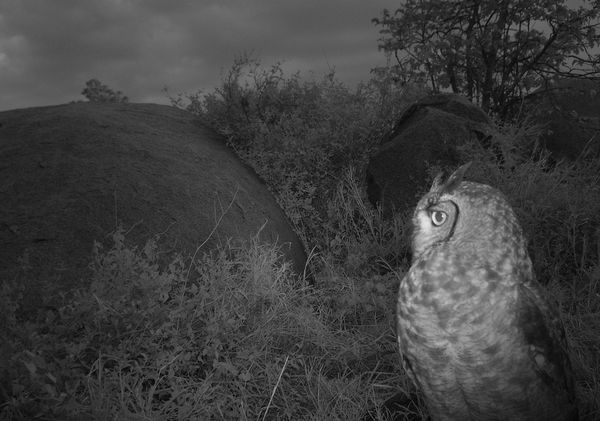
This Spotted Eagle-owl, Bubo africanus, caused a bit of a sensation when he came up in the first three seasons batch. He showed up in color around twilight, and there were several very good captures of him in black and white when the camera switched to night mode. The coloring is a very mottled brown. There are several other similar "eared" owls that we might run across. The White-faced Scops-owl, Otus leucotis, is light gray with a white face mask outlined by thicker black borders.
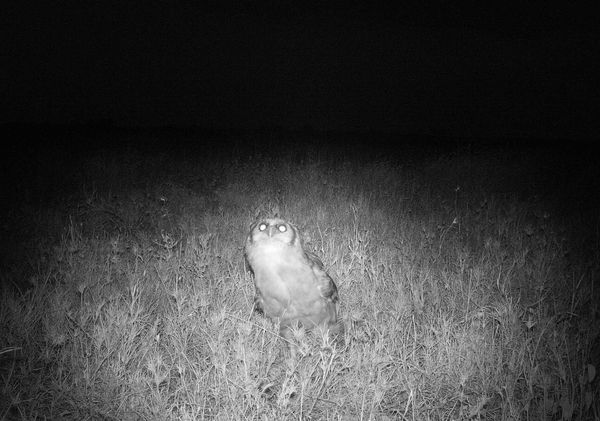
This Verreaux's Eagle-owl, Bubo lacteus, is very interested in something up in the tree. He is distinguished from the Spotted Eagle-owl by a less mottled appearance, and a smaller face mask.
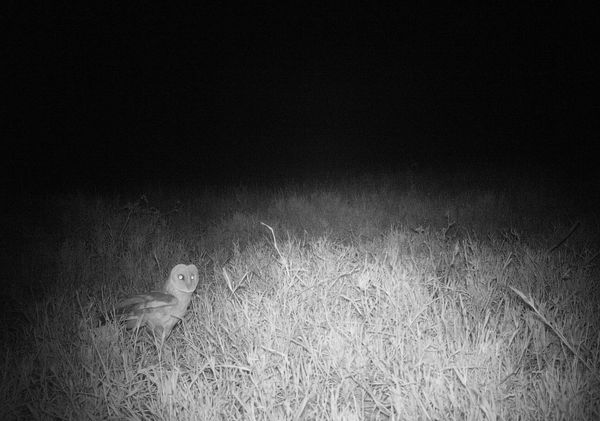
With its nearly worldwide distribution, the Barn Owl, Tyto alba, should be familiar to many collaborators. They have a very large head, with a pale heart-shaped facial disc.
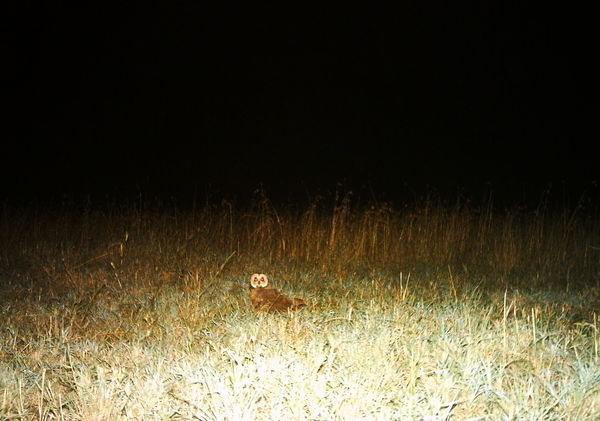
The similar Marsh Owl, Asio capensis, is much more brown all over than the Barn Owl, with a smaller head and dark eyes.
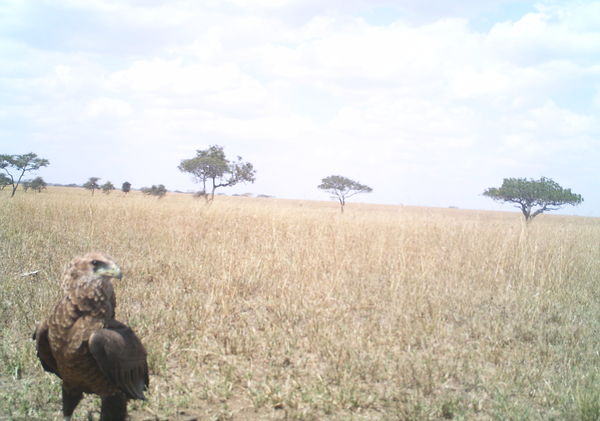
The Tawny Eagle, Aquila rapax, is a large brown eagle, similar to the Golden Eagle of North America and Eurasia. The similar Steppe Eagle, Aquila nipalensis, migrates through the area in winter months.
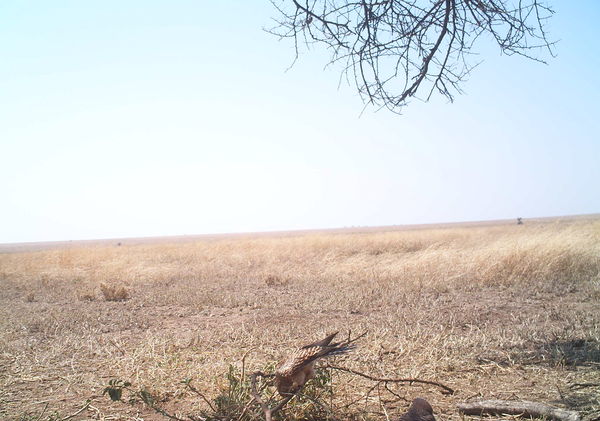
There are many species of falcons, kestrels and hobbies in the Serengeti, but the cameras don't often get good shots of them as they're very fast fliers and not really known for hanging around on the ground. These two are probably Greater Kestrels, Falco rupicoloides, enjoying a snack.
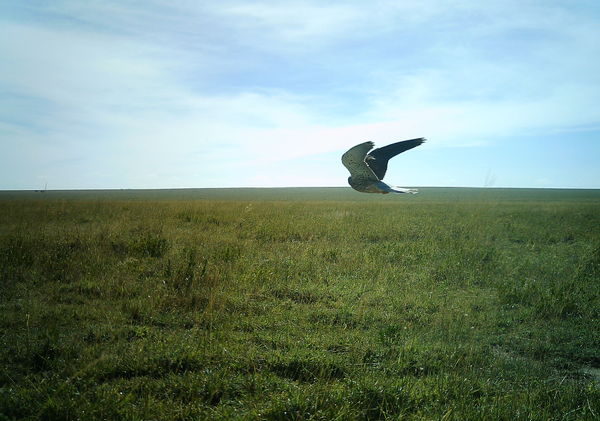
A great shot showing the graceful flight posture of falcons. I believe this is a female Amur Falcon, Falco amurensis.

This is a Wikipedia photo, not from a trap, but from personal experience in the Serengeti wanted to also mention the Black Kite, Milvus migrans. They are winter migrants in the area, and are notorious for stealing your lunch right of of your hands. My safari companion on my last trip had his fried chicken stolen three days straight!
That's all the best images I was able to fine, but as always, feel free to share any others you come across.
Posted
-
 by
dms246
moderator
by
dms246
moderator
I'm constantly amazed at the quality of the photographs these camera traps produce. Tracking down all these images must have involved a lot of work, but these guides are brilliant, so thank you very much! 😃
Posted
-
 by
wilderzone
moderator
by
wilderzone
moderator
The quality is often good for the big birds, but the smaller ones are proving to be difficult to dredge up good photos of. I'll try to have the other two sets posted this weekend.
Posted
-
 by
davidbygott
moderator
by
davidbygott
moderator
The 'tawny eagle' above looks to me like imm. Bateleur Eagle because of the full and shaggy head and neck feathers.
Posted
-
 by
wilderzone
moderator
by
wilderzone
moderator
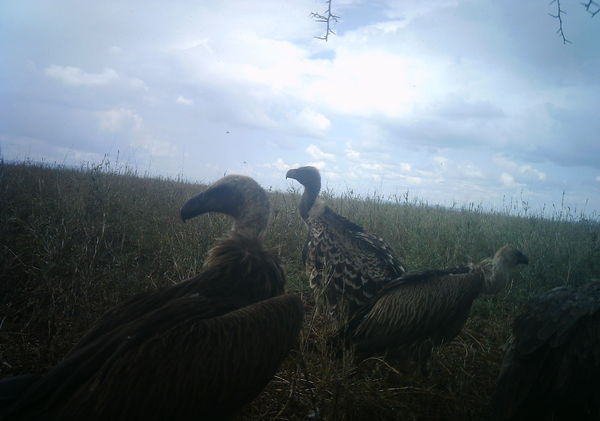
Found a much better picture showing the more mottled pattern of the Rüppell's Griffon Vulture. The others are likely juvenile Rüppell's as well.
Posted
-
 by
wilderzone
moderator
by
wilderzone
moderator
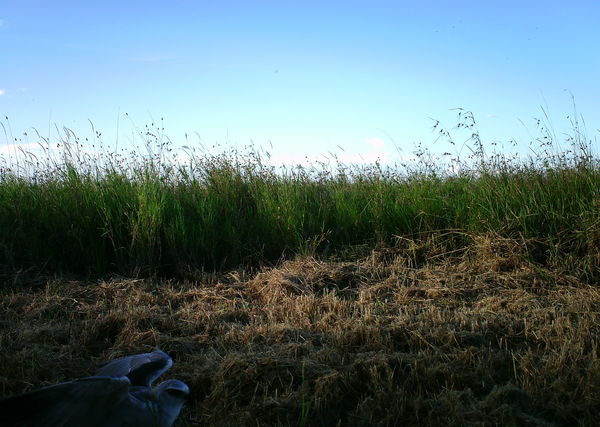
Just came across this nice capture of a Black-shouldered Kite (Elanus caeruleus). I'm guessing that it just caught something to eat. Perhaps aided by the cut grass around the camera?
Posted
-
 by
wilderzone
moderator
by
wilderzone
moderator
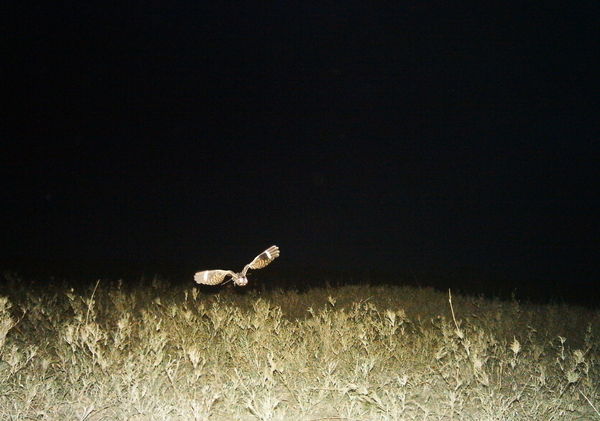
While not technically a bird of prey, nightjars are nocturnal insectivores and easily mistaken for owls, so I'm going to include this one here. There are several species in the area, and all are similar enough that I don't think any of us want to try for a precise ID from the traps. Most species have very distinct white bars on their wings, shown clearly in this photo.
Posted
-
 by
dosty2001
by
dosty2001
My favourite bird is the eagle
Posted